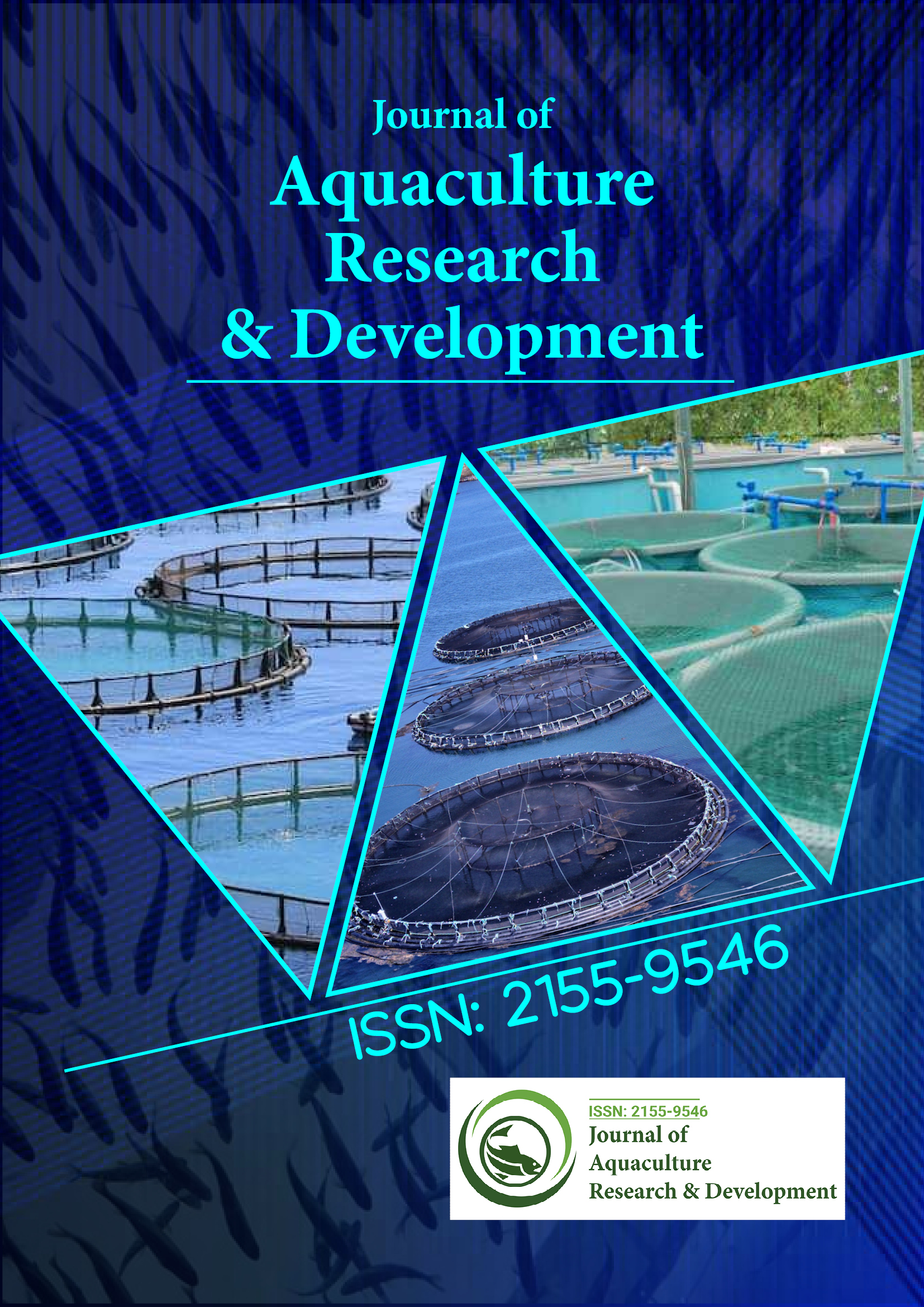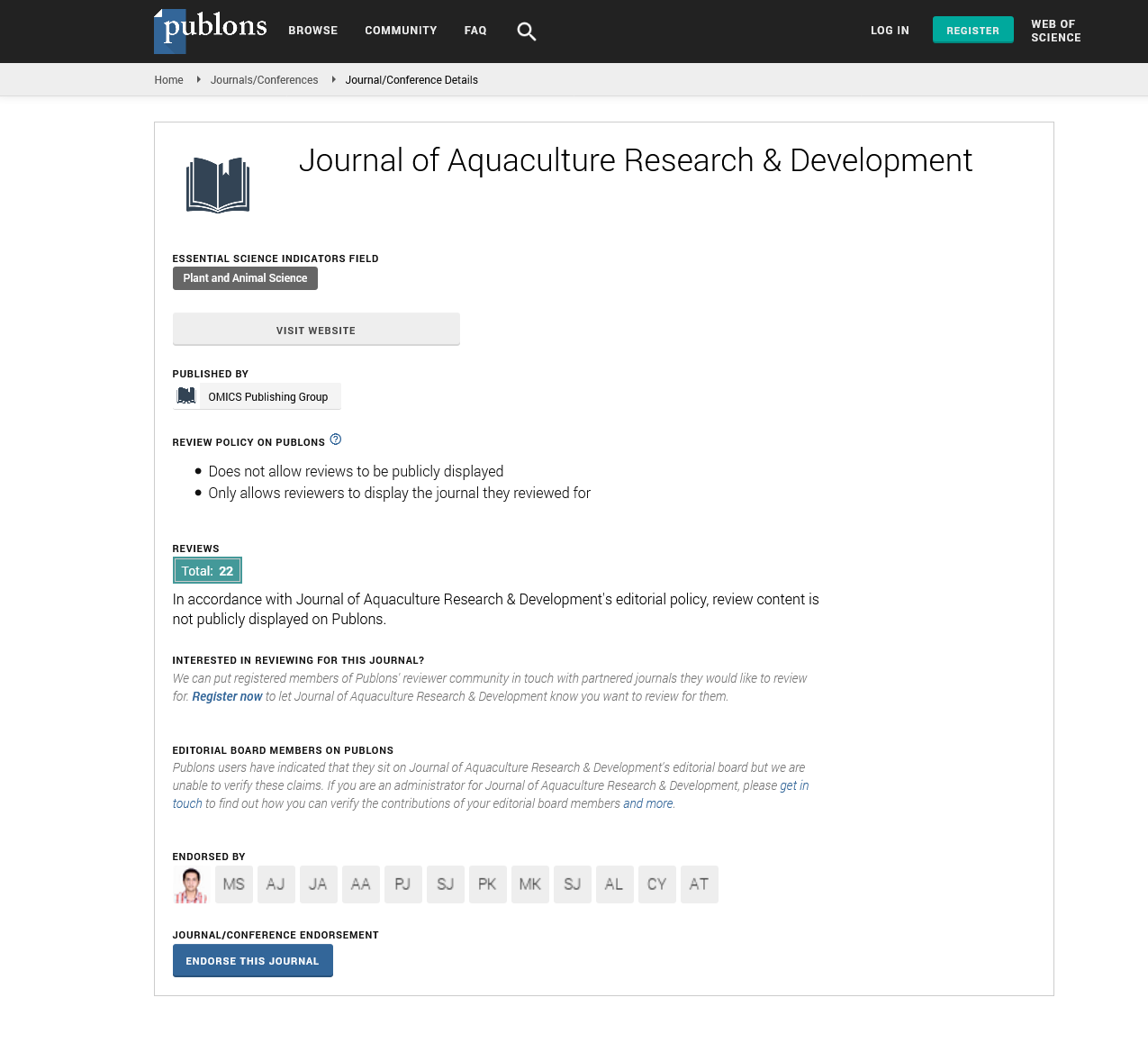Indexed In
- Online Access to Research in the Environment (OARE)
- Open J Gate
- Genamics JournalSeek
- JournalTOCs
- Scimago
- Ulrich's Periodicals Directory
- Access to Global Online Research in Agriculture (AGORA)
- Electronic Journals Library
- Centre for Agriculture and Biosciences International (CABI)
- RefSeek
- Directory of Research Journal Indexing (DRJI)
- Hamdard University
- EBSCO A-Z
- OCLC- WorldCat
- Scholarsteer
- SWB online catalog
- Virtual Library of Biology (vifabio)
- Publons
- MIAR
- University Grants Commission
- Euro Pub
- Google Scholar
Useful Links
Share This Page
Journal Flyer

Open Access Journals
- Agri and Aquaculture
- Biochemistry
- Bioinformatics & Systems Biology
- Business & Management
- Chemistry
- Clinical Sciences
- Engineering
- Food & Nutrition
- General Science
- Genetics & Molecular Biology
- Immunology & Microbiology
- Medical Sciences
- Neuroscience & Psychology
- Nursing & Health Care
- Pharmaceutical Sciences
Commentary - (2025) Volume 16, Issue 1
Eco-Aquaculture Systems: Merging Sustainability with Productivity
Emily Waters*Received: 01-Jan-2025, Manuscript No. JARD-25-28642; Editor assigned: 03-Jan-2025, Pre QC No. JARD-25-28642 (PQ); Reviewed: 17-Jan-2025, QC No. JARD-25-28642; Revised: 24-Jan-2025, Manuscript No. JARD-25-28642 (R); Published: 31-Jan-2025, DOI: 10.35248/2155-9546.25.16.949
Description
Plastic-lined ponds and eco-aquaculture systems are emerging as sustainable alternatives to traditional earthen aquaculture ponds, particularly due to their significantly lower CO2 emissions. As the aquaculture industry continues to expand, minimizing its environmental footprint is crucial, making these systems a viable solution for reducing Greenhouse Gas (GHG) emissions while maintaining productivity. This article explores the mechanisms behind the lower CO2 emissions in plastic-lined and ecoaquaculture systems, highlights their environmental and economic benefits addresses the potential challenges and future directions.
One of the primary reasons plastic-lined ponds produce lower CO2 emissions is their impermeable barriers, which prevent water seepage. In traditional earthen ponds, water frequently seeps into the surrounding soil, carrying organic matter with it. This organic matter decomposes anaerobically, generating CO2 and other GHGs. By contrast, plastic-lined ponds minimize this interaction with the soil, reducing the accumulation of decomposing organic material. This significantly lowers the production of CO2 from sediment breakdown. Additionally, plastic-lined ponds have better water retention, reducing the need for frequent water exchange, which is another source of CO2 emissions due to the energy required for pumping and water management.
Eco-aquaculture systems, on the other hand, incorporate environmentally friendly practices that further contribute to lower CO2 emissions. These systems often integrate aquatic plants, biofilters natural processes that improve water quality and reduce the need for artificial interventions. The presence of aquatic vegetation promotes CO2 sequestration through photosynthesis, offsetting some of the emissions produced by the aquaculture operations. Moreover, eco-aquaculture practices often optimize feed usage and waste management, resulting in lower nutrient runoff and reduced anaerobic decomposition, which is a key driver of CO2 release in earthen ponds.
The environmental benefits of plastic-lined ponds and ecoaquaculture systems extend beyond reduced CO2 emissions. By preventing soil interaction and minimizing organic matter buildup, plastic-lined ponds also reduce methane (CH4) emissions, another potent GHG. Methane is produced through the anaerobic decomposition of organic matter, which is more prevalent in earthen ponds where sediment accumulation is higher. Since plastic-lined ponds limit sediment buildup, they reduce the conditions favorable for methane production. This makes them doubly effective in lowering the overall GHG emissions from aquaculture operations.
From an economic perspective, plastic-lined ponds and ecoaquaculture systems provide long-term cost benefits, despite their higher initial investment. The impermeable lining reduces water loss through seepage, lowering water consumption and the associated pumping costs. Additionally, these systems require less maintenance, as the lack of sediment buildup reduces the need for frequent dredging. Enhanced water retention also improves fish health and productivity, as stable water conditions reduce stress and disease outbreaks, leading to higher yields. While the upfront cost of installing plastic liners may be higher, the improved water efficiency and reduced maintenance costs make them economically viable over time.
However, the widespread adoption of plastic-lined and ecoaquaculture systems is not without challenges. One of the primary concerns is the potential environmental impact of plastic liners. Over time, plastic materials can degrade, releasing microplastics into the water, which may pose risks to aquatic life and human health. Addressing this issue requires further research into biodegradable or eco-friendly pond liners that provide the same impermeability benefits without contributing to plastic pollution. Additionally, the production and disposal of plastic liners involve energy-intensive processes, which could offset some of the CO2 savings if not managed responsibly.
Another challenge is the scalability of eco-aquaculture systems. While these systems have proven effective in reducing CO2 emissions in smaller-scale operations, scaling them up for commercial aquaculture requires careful management. Ensuring consistent water quality and maintaining the ecological balance necessary for effective biofiltration and carbon sequestration can be complex. Research into large-scale implementation strategies, such as optimizing plant selection, filtration systems water circulation techniques, will be essential to make eco-aquaculture systems viable for commercial production.
Citation: Waters E (2025). Eco-Aquaculture Systems: Merging Sustainability with Productivity. J Aquac Res Dev. 16:949.
Copyright: © 2025 Waters E. This is an open access article distributed under the terms of the Creative Commons Attribution License, which permits unrestricted use, distribution, and reproduction in any medium, provided the original author and source are credited.

